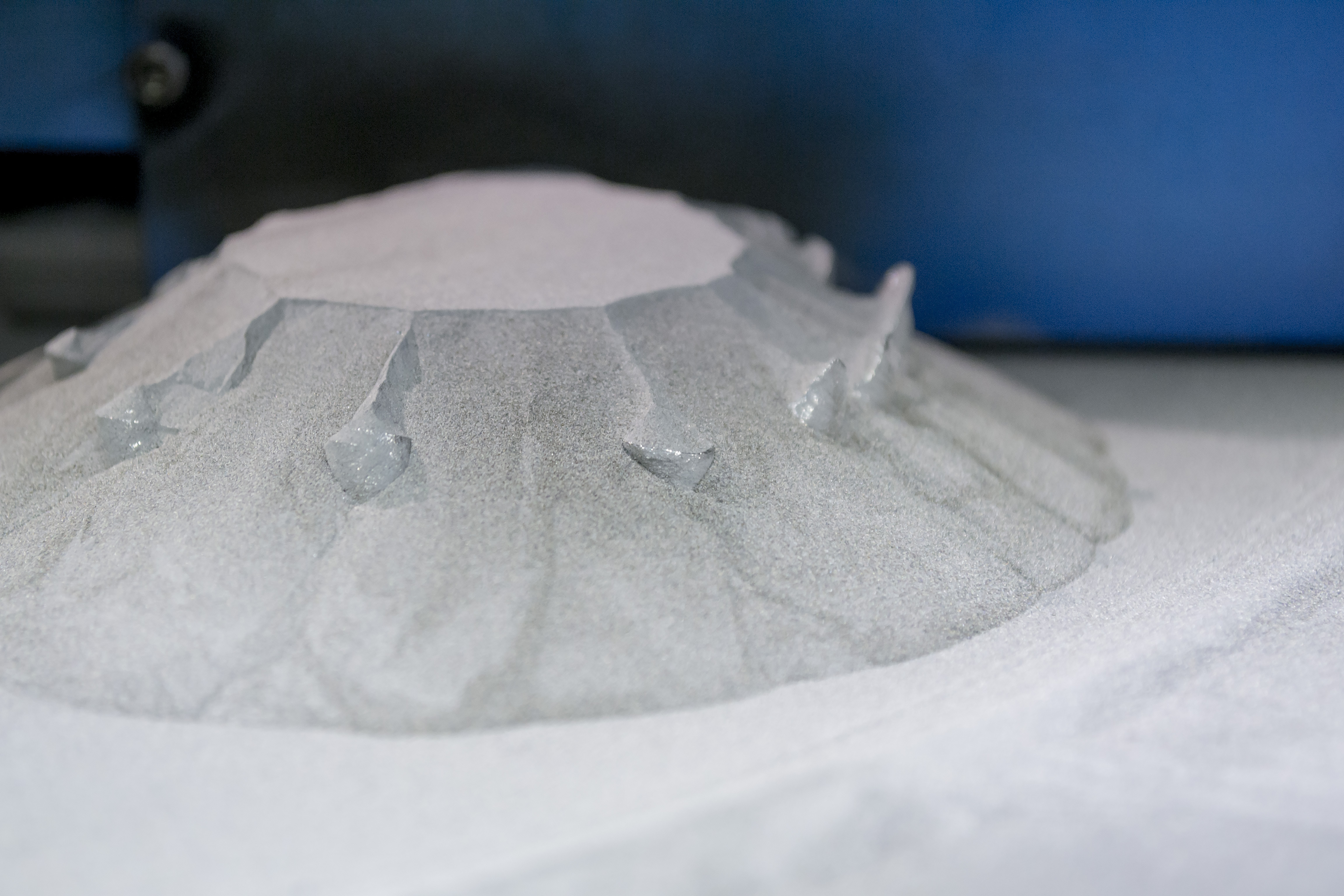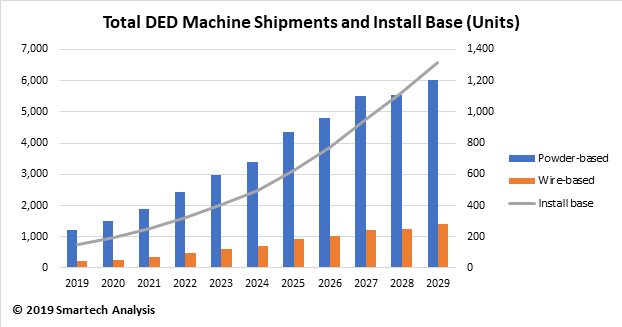3D printed guns. 3D printed houses. 3D printed organs.
Stories about all of these 3D printing applications have been popularized by the wild imagination of a technology-addicted global society, whose capacity to dream up future innovations seem to be limitless – and usually uninhibited by practical concerns.
Here at SmarTech, we’re not about downplaying the potential of 3D printing, no matter how… optimistic, shall we say, the opinion of those less familiar with the realities of additive fabrication might be. But we are about holding up examples of ways that 3D printing technology can radically change paradigms with real-world scenarios.
Just last week, NASA provided us with one such fantastic example, by demonstrating the potential for the paradigm-shattering digital supply chain powered by 3D printing.
For those unfamiliar with the story, here’s a brief summary. International Space Station (ISS) Commander Barry Wilmore needed a wrench. It just so happened that Commander Wilmore was 268 miles above Earth. Now, NASA has ways of transporting things from Earth’s surface to the space station when necessary –but as anyone could guess, it’s not an easy (or quick) undertaking.
So, with the help of the guys at Made In Space (the designers of the test 3D printer currently installed in the space station), NASA essentially emailed Commander Wilmore the digital design file for a wrench, which he then printed out utilizing the station’s printer.
This sounds simple, and most people that have been following 3D printing for any length of time probably would think this is one of the more average application stories to be publicized about 3D printing possibilities compared to other more radical examples. But it’s one that, when you really sit down to think about, should make your head explode.
Think about it. Instead of launching a rocket to traverse 268 miles up to the space station, a project that would normally take a few months and many people to put together, NASA got somebody to design the wrench in CAD, and then used their existing communication networks to send the digital file to its destination. They skipped one of the most complex and demanding supply chains known to man (space).
This demonstration of a digital supply chain has orders of magnitude more potential impact for our future than, say, a 3D printed “gun.”
What’s interesting in the specific example with NASA, is that like automotive manufacturers, perhaps the most important benefit to cutting out the traditional supply chain is time. The wrench itself, in this example, was nothing special. But even a wrench of below-average usefulness that can be made available today has significant value versus a fantastic quality wrench that won’t be available for several months (if not longer).
The promise of a future that utilizes more digital supply chains is an exciting one. There are plenty of benefits of digital supply, however we’re living in a global economy where increasingly time no longer equals money –it is more valuable. Digital supply chains enabled by 3D printing means significantly faster production, which means more efficiency, which means more up-time, which means more chances to generate revenue.
And that’s why there’s so much more behind a (crappy) wrench 3D printed in space.




